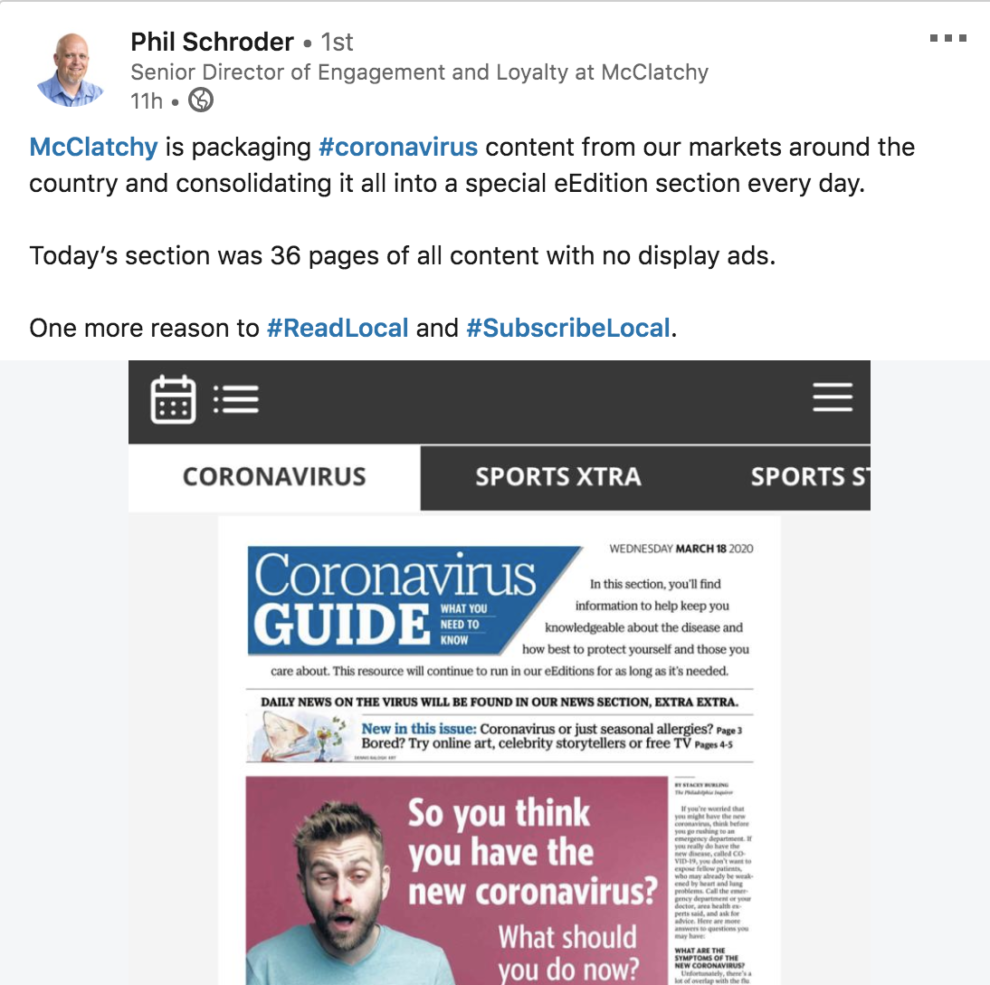A small team at Twipe has spent the past few weeks meeting with publishers across the US, from New York to Los Angeles and (almost) everywhere in between. This tour helped to confirm some of our understandings about the differences between the US and European news industries.
The final stop of the #TwipeUSTour was to be sharing our findings at the now cancelled-SXSW, with five ideas for American publishers to adopt from Europe. Now that we have arrived back in Belgium, just in the nick of time before the lockdown, we are happy to also share these learnings from the session here.
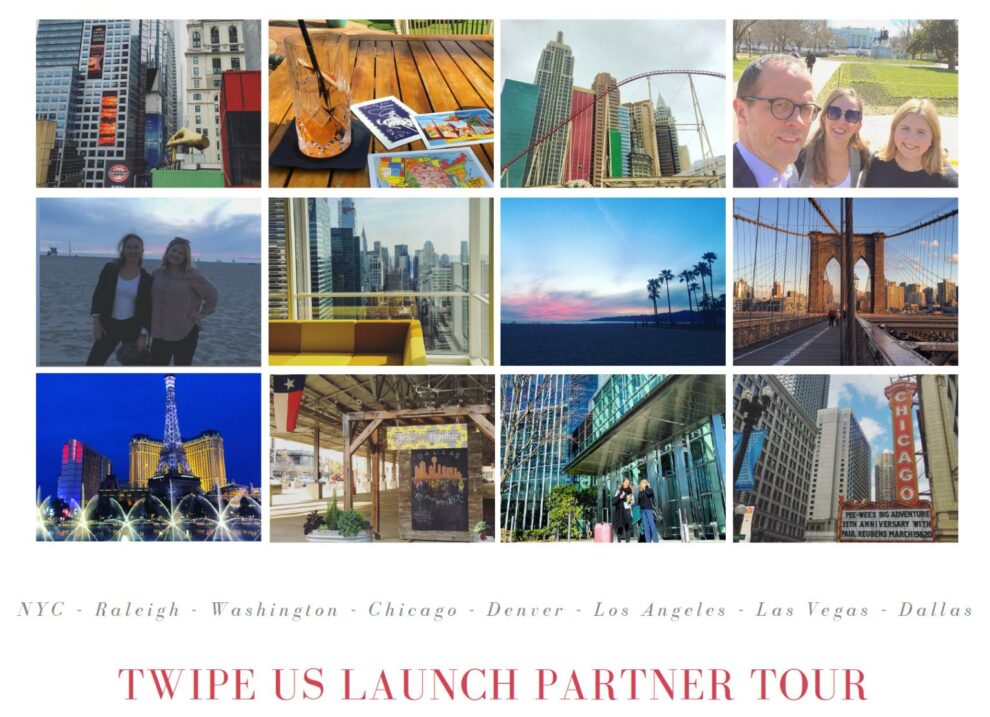
From these discussions with leaders in the US newspaper industry, we see they face many of the same challenges as European publishers. On either side of the Atlantic, it comes as no surprise that the newspaper industry is in trouble. With most news content available for free on websites and with declining advertising revenues, both publishers and readers are suffering. Readers no longer find the value in paying for journalism, missing the valuable pay-worthy service of judgment and curation that journalism institutions used to provide, while publishers suffer from being stuck in advertising-based business models that are no longer profitable since the rise of ad-blocking technology.
Even though the US is home to Silicon Valley and a host of innovative startups, there’s one area that hasn’t caught up with Europe. American news media lacks strong, resilient technology to support the switch to subscriptions. With research from Reuters finding that 52% of media executives will focus on reader revenues this year, European news media is at a great advantage. So what can American newspapers learn from Europe?
European publishers have found ways to use new technologies including AI and personalisation to help reaffirm the value of journalism as an important factor for a healthy society. Join us as we share success stories from five European publishers.
#1: Mediahuis truly focuses on the reader relationship
When did you last sit down at a reader’s kitchen table and discuss the role your newspaper plays in their life? Probably never! But for Xavier van Leeuwe (Director of Consumers, Mediahuis) he can tell you about not only the last time but all the other times he’s done exactly that.
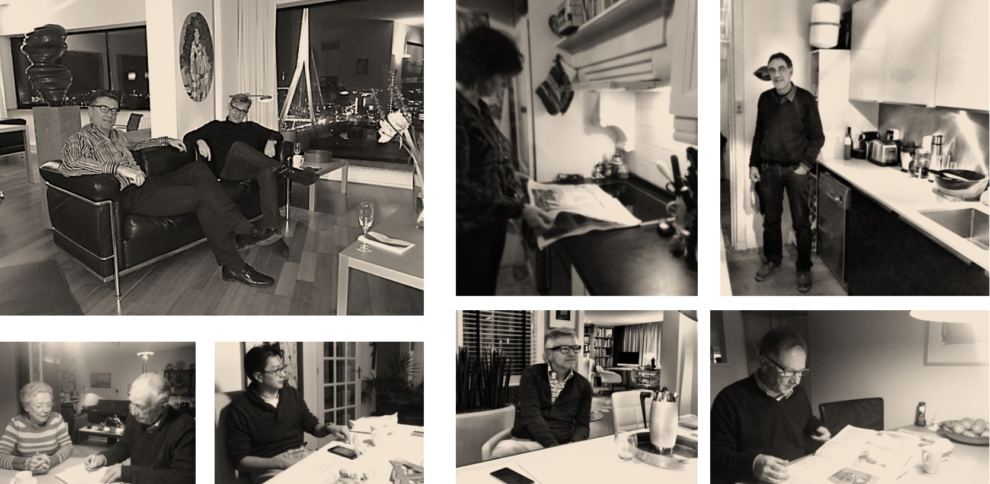
While you might think it would be difficult to get readers to agree to this type of visit, Xavier van Leeuwe tells the story of one reader who asked why they hadn’t done this before, in any of the 25 years he had been a subscriber! Indeed, while your readers receive a newspaper from you every day, when do they receive personalised communication from you? Often it is only the invoice.
#2: The Guardian uses its edition to cut through the noise
Unlike their European counterparts who have focused on building up reader revenues for a while, American newspapers on average have less mature subscription strategies. This is seen clearly in their digital products, particularly their edition products. With the first newspaper having been published in 1605 in Antwerp — not too far from Twipe’s office — the news media industry has over 400 years of experience with the edition concept.
Historically, newspaper organisations have been the kings in understanding and designing a habit forming product: every morning, with a cup of coffee, people would start their day by reading their newspaper. The advent of the internet has changed the game. In a race to build larger audiences, publishers placed their articles online in an endless stream of news. Online readers were suddenly responsible for creating their own news journeys, which often last for only a few minutes.
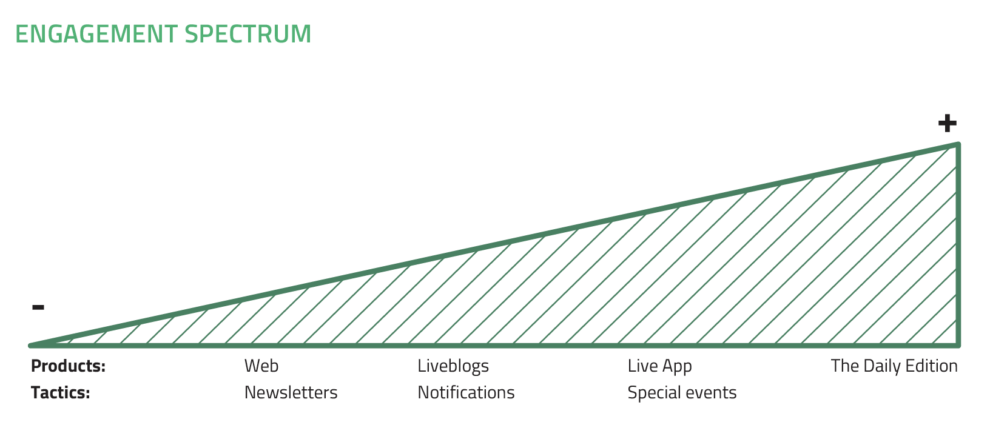
In their effort of understanding habit in the digital world, The Guardian mapped their spectrum of engagement. Ranging from web to edition products, this spectrum shows how deeply readers engage with the breadth of The Guardian’s digital portfolio and what tactics the team can use to engage users of each product. Interestingly, in this spectrum, the edition based formats are the highest engaging products. There’s room for a news experience with a different cadence, a finite amount of content carefully curated by editors.
In these confusing times of COVID-19, it’s nice to see this concept also coming to the US. McClatchy has recently launched a new section in the editions of their stories on Coronavirus.
#3: Le Monde designed Tinder for News
Back in 2015, Le Monde decided it needed to create an entirely new digital product if they wanted to engage a younger audience. To make sure this new product would actually be what the younger audience wanted, the team first explored how this group was already using their phones. They drew two main conclusions: the most popular app was the dating app Tinder, and the most popular format for consuming content was the Stories format launched by Snapchat.
We wanted not only to broadcast the news but create a real new product for the news.
Diane Lemoine, former Director of Digital Marketing at Le Monde
So when they launched “La Matinale”, they incorporated both of these learnings into the new product. The new app uses an innovative Tinder-like swiping feature to allow readers to build a reading list from the article stories in the edition. They were also early pioneers in the use of off-social media Stories.

As a lunch-time newspaper, La Matinale also allows Le Monde to become a player in the morning newspaper landscape. We explore this case study further in the first chapter of our research series “Reinventing Digital Editions“.
#4: The Times personalises distribution, not content
We have covered many times what The Times of London is doing with personalisation, but on the tour in the US we saw just how important personalisation is becoming for US publishers. However as readers in the US grow increasingly wary of news organisations, it is crucial to consider the impacts of such personalisation initiatives.
That’s why we are happy to have partnered with The Times on “JAMES, Your Digital Butler“ to personalise the distribution of content, but not the news content itself. While for other personalisation giants such as Netflix or Spotify it might make sense to personalise entirely, people still come to newspapers for news. In this case, The Times uses JAMES to personalise the distribution of content from their digital edition, so the trigger to read the edition is unique to each reader but they will be exposed to the big stories of the day as well.
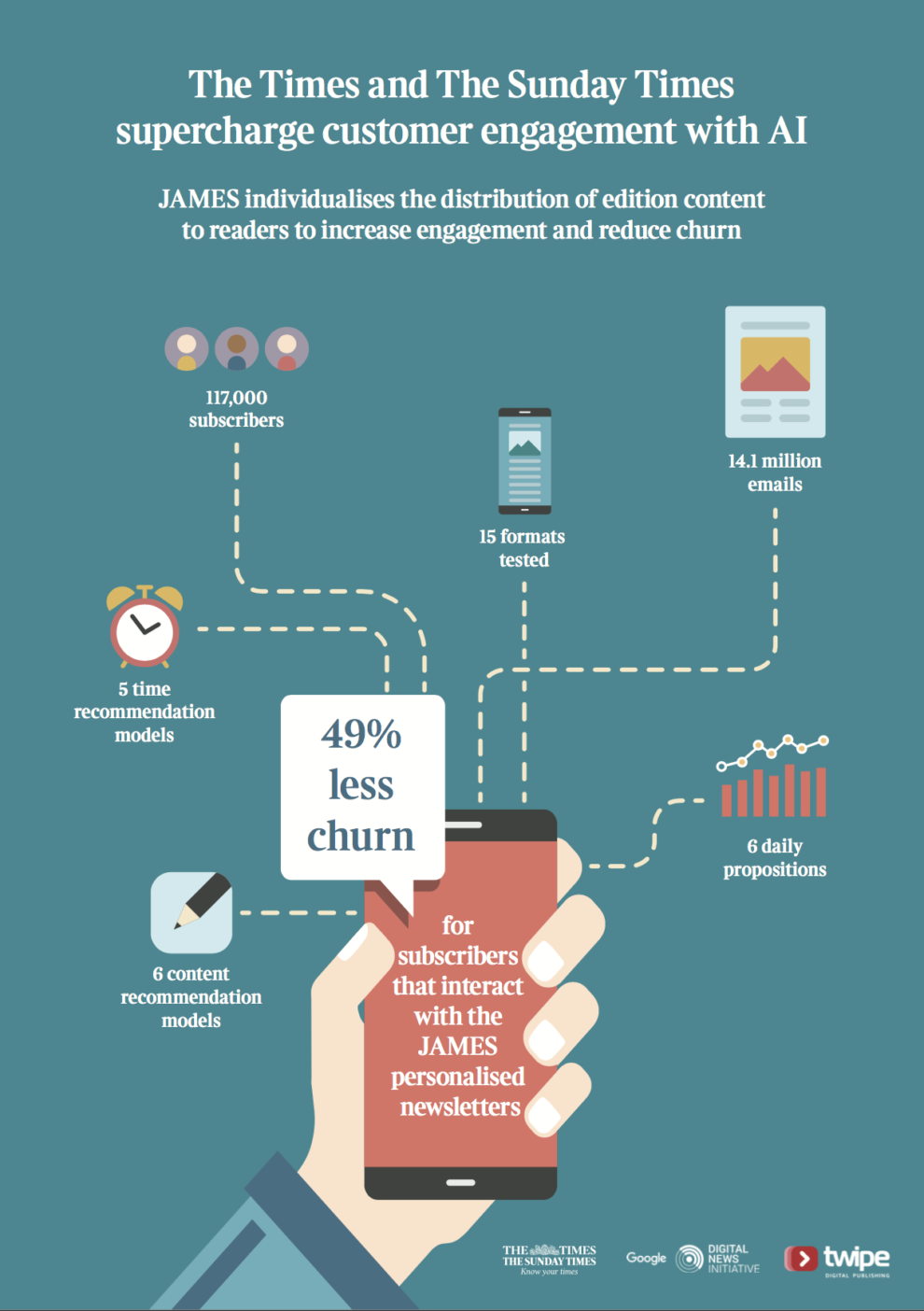
Using machine learning and artificial intelligence, JAMES gradually gets to know the habits, interests, and preferences of readers. He then exposes readers to relevant content in editions in their preferred formats, channels, times, and frequencies using individualised newsletters. During this one-year Google DNI project, JAMES served over 100,000 subscribers of The Times, working best to re-engage low to medium engaged readers. In a sample group, a 49% reduction in churn was able to be observed. For more on our learnings from this project, make sure to read our collaborative report.
#5: Mittmedia’s “best” journalist is a robot
While we believe robots cannot replace human journalists, there is value is using robots to allow journalists to focus on what they do best. Robots can help free up journalists to work on more interesting and complex stories, while also allowing for hyperlocal news coverage, such as local high school sports.
That’s one-way MittMedia, Sweden’s leading local media company, has used a robot journalist, but they have gone further than just an automatic reporting on the final score. They now have a bot that sends a text message to the local coach or star member of the team asking a set of questions. When the person responds, that quote gets added to the article, which helps to give more flavour and a sense of the game.
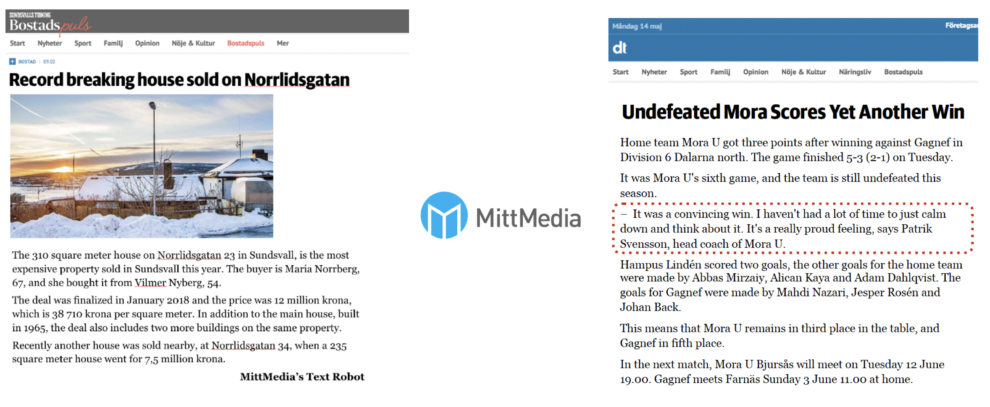
However their most popular robot is the “Homeowners Bot”, which writes a short text on every house that is sold in their local markets, identifying an interesting angle (such as the most expensive house sold in the year) and adding an image from Google Streetview. This is a fully automated process, as the names of buyers are a matter of public record in Sweden. In the first four months alone, this bot became the most productive “journalist”, producing more than 10,000 articles. It’s also helped to convert hundreds of users into digital subscribers—as its stories are number one in terms of behind-paywall pageviews.
MittMedia launched these news bots after researching what articles were the best for converting new subscribers. They were surprised to find that it wasn’t in-depth investigations as they had expected, but instead often it was local stories that helped convert best. Using these new bots have helped them amp up their local coverage.

